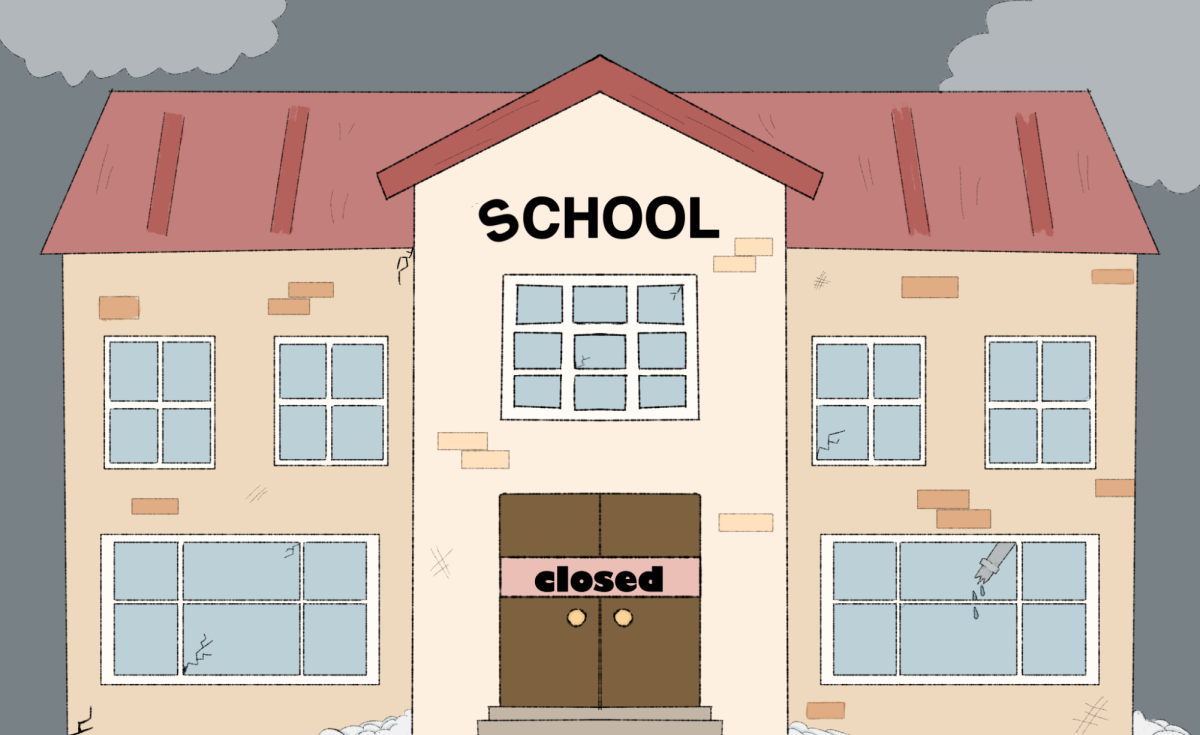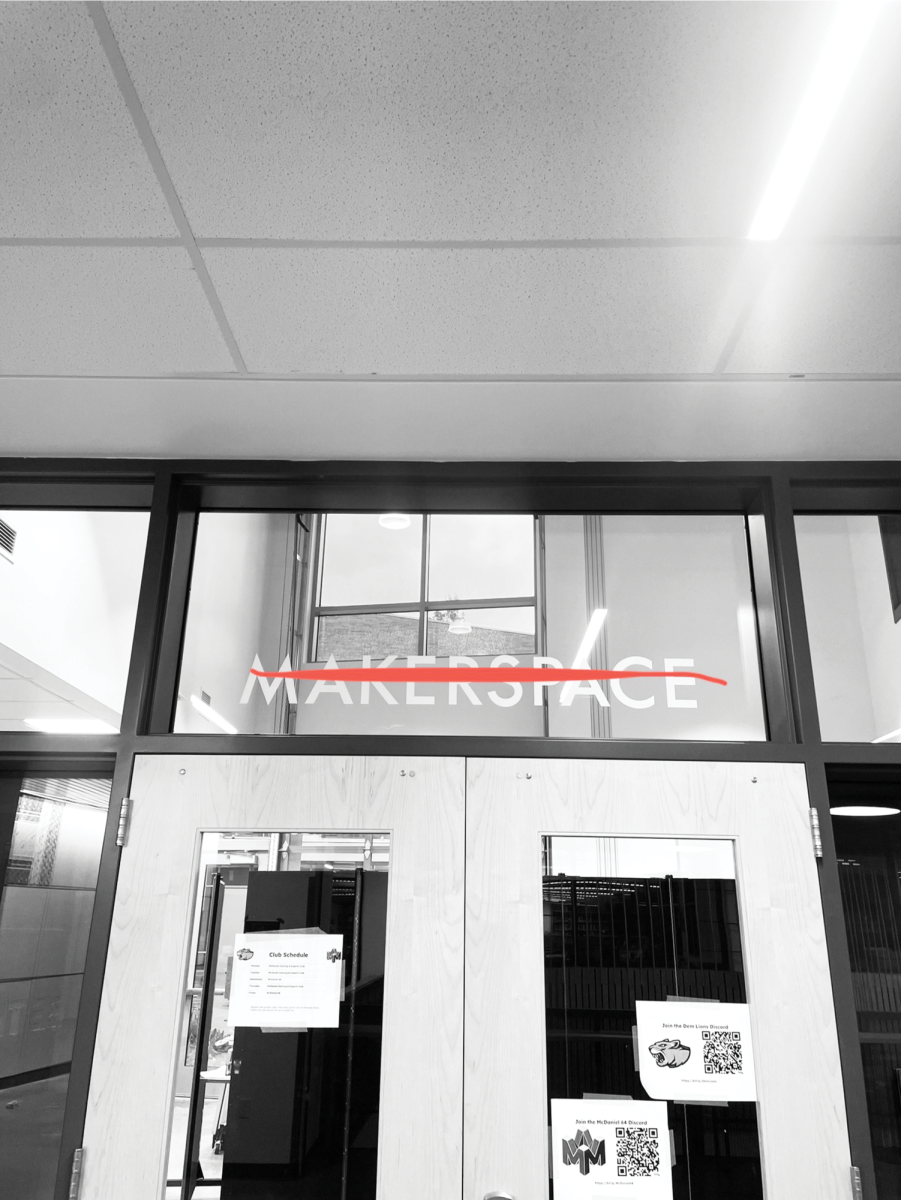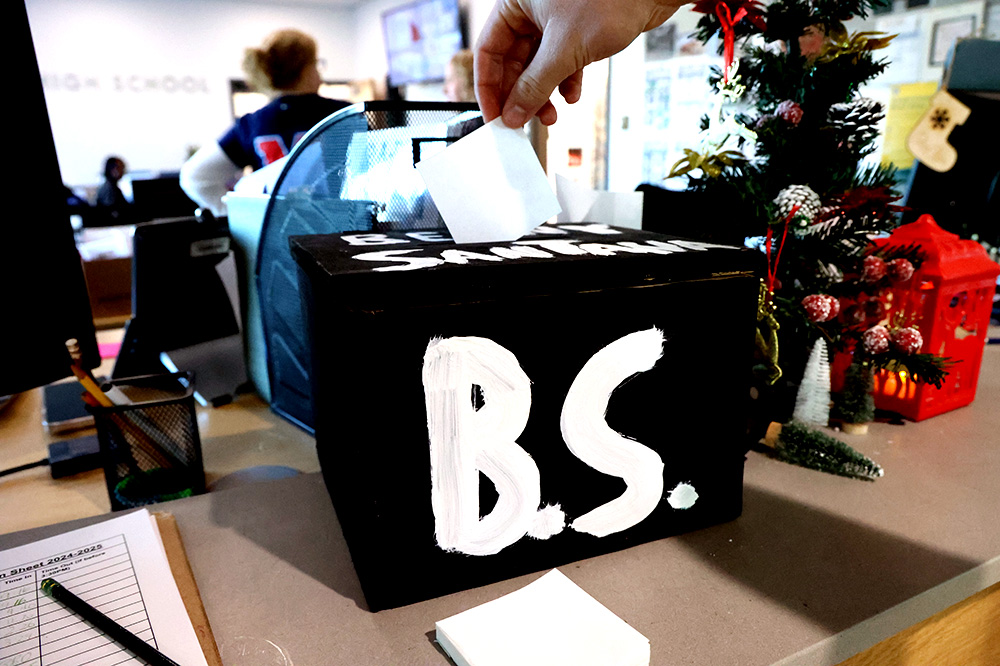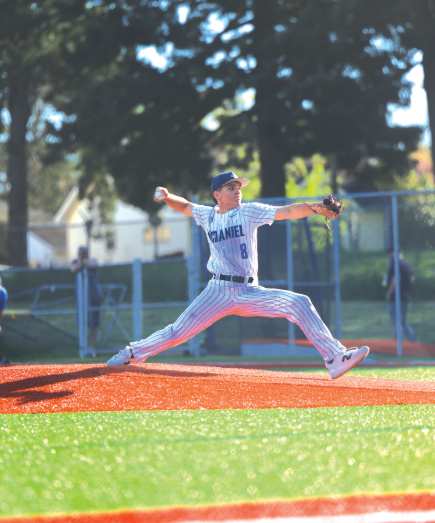The 2023-24 school year has already been witness to a teacher strike that left students out of school for nearly a month. While many students have had a chance to go back to their schools, the communities of two west-side PPS schools won’t get the chance—at least for another year.
The ice storm in January left Markham Elementary and Robert Gray Middle School with burst pipes, damaging both schools past what is tolerable or safe to hold classes in.
That month, while students were home from school due to the snow storms, it was announced that both schools would remain closed until the end of the current school year, leaving a messy situation for the K-8 schools.
“From the beginning it was difficult, but now we’re really smoothing things out, people understand what’s happening,” Markham Elementary’s principal Tranice Brown-Warrens said.
Students at Markham Elementary are left split by grade level across four schools, creating a uniquely challenging situation for some parents—especially for families with multiple kids.
Brown-Warrens spearheaded the organization of students and staff as Markham’s sole administrator. In this role, she acted as the main authority when it came to organizing Markham attendees.
“I’m a single building administrator, so I had to think through what would happen to my students. So I am the one who mapped out which grade levels would go to which campuses,” Brown-Warrens said. “I also am the one who mapped out where my counselor would go, where my climate specialist would go, where my instructional coach would go, to ensure we had support.”
Currently, Brown-Warrens is working on incorporating more parent input into the decision-making when it comes to organizing the school, specifically related to if the school should continue to be split across four campuses or cut back to a two-campus system.
“Right now I am building a Google Form for the community to vote and give their perspective on if we should stay as four locations or if we should condense down to two,” Brown Warren said. “That’s about to go out so that families can voice their opinion because there’s some people who say we should stay as four, there’s other people who say our kids need a more centralized location, so we’re gonna see what people think.”
While both Markham Elementary and Robert Gray Middle have similar enrollment numbers, around 400 students each, the way in which the district is dealing with this issue is very different between the campuses.
In the case of Robert Gray, the district has chosen to mobilize portable classrooms—or pods—that are mostly split amongst multiple teachers.
Jefferey Waters is the vice principal of Robert Gray Middle School, and he aided in carrying out much of the school’s transition to pods as well as other various administrational aspects during the transition. Maintaining a centralized school spirit was a key consideration for admin while planning the move.
“Every school has a unique identity, driven by the school’s core values, mission, vision, the signs on the walls, how we do lunch—every school is different. We’re walking into a school with an established culture and expectations, and we have our own identity that is important to our school community,” Waters said. “Maintaining your identity when you don’t have a space to call your own is really challenging, especially for students and teachers who are using shared spaces—like the pods.”
In order to limit disorientation among parents and guardians, the Robert Gray administration paid special attention to the organization of classrooms and school supplies. Even after transitioning into pods, Waters and his team continued to closely monitor teachers’ material needs, making sure the staff had adequate supplies.
Even with the quick action of district leaders and the persistence of school administration, the simple fact that two schools were closed in one storm brings into question the integrity of the other campuses across the city, many of such buildings are reaching their centennial anniversary.
“We have to think differently as a district, city, and state about how we fund and build public schools,” Waters said.
Many Portland Public schools were built in the 1920’s and 50’s, the rising incomes and improved credit availability of these periods lead to a population and subsequent infrastructure boom. Notably, both of said aspects are absent from 2020’s America.
“When you look at the history of Oregon and the Willamette Valley, the economy that built our infrastructure looks radically different from the economy that is maintaining it. Across the state you have infrastructure that is old, needs repair, and is ill-prepared for the types of extreme weather events that we are seeing more of—heat, cold, precipitation, etc,” Waters said.
This is a sentiment that the PPS website themselves echo, stating in a 2023 report that “a significant portion of District infrastructure is well beyond its intended design life; assets installed in the 1920s or 1950s present a high risk for continued reliability and serviceability.”














